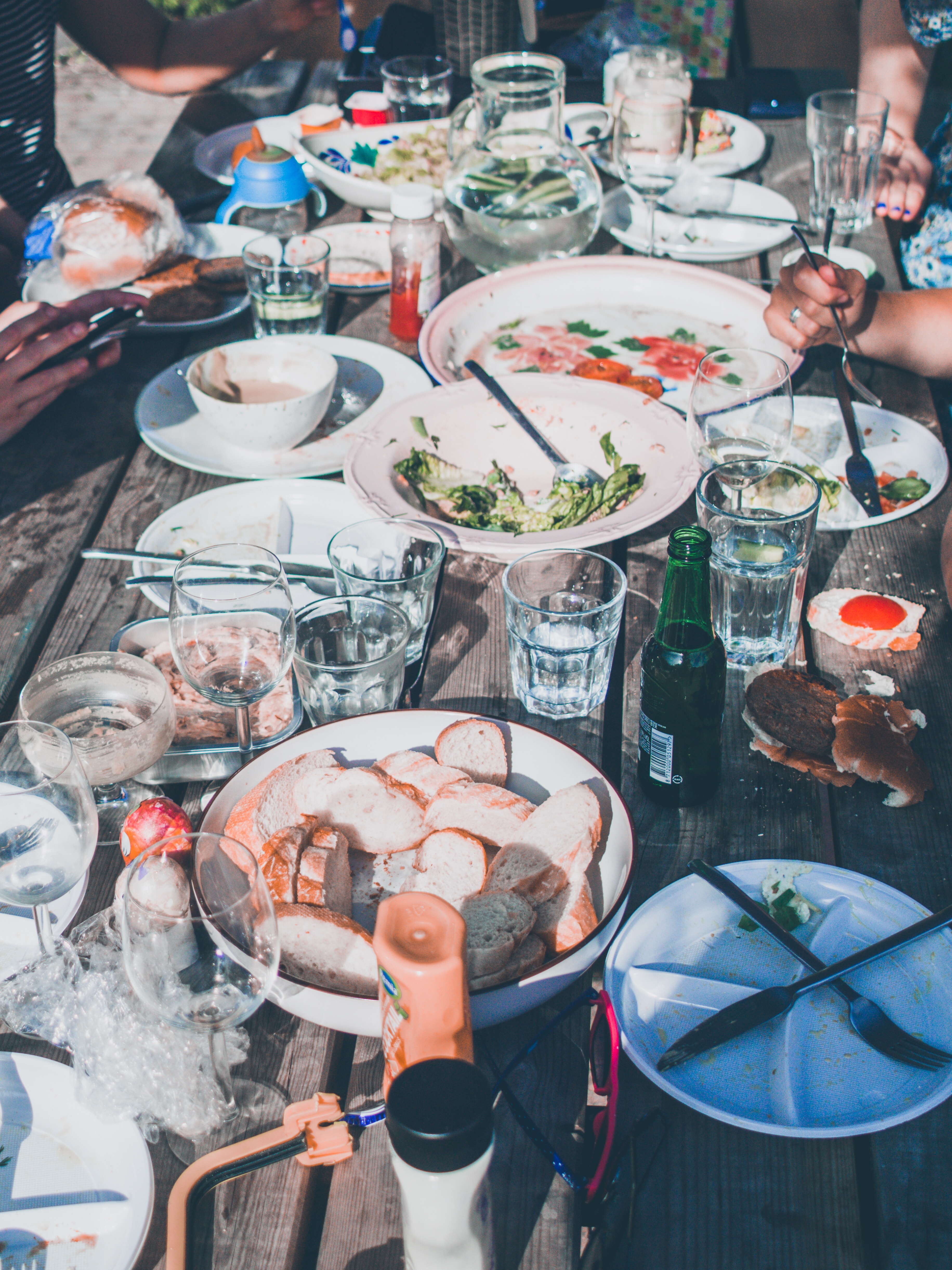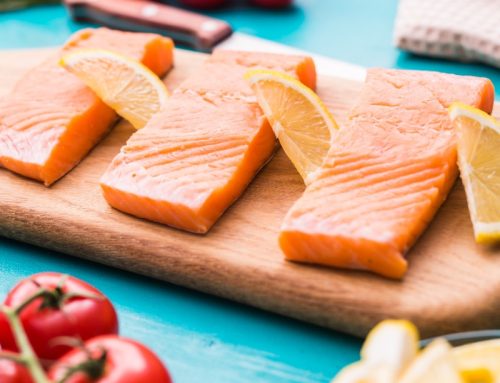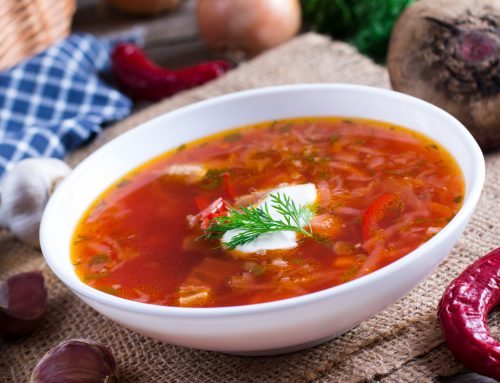A healthy lifestyle can be challenging to maintain is social situations. The fact is that in social situations we tend to overeat. There are many reasons for this:
- one person wants to splurge and desires company,
- we are in a celebratory mood,
- we are drinking,
- someone has made a treat that we must try,
- cultural traditions require eating caloric foods,
- we eat and drink mindlessly since our mind is on the conversations,
- we don’t want to offend the host or seem ungrateful,
- we are seated right by the appetizers,
- the socializing goes on for many hours,
- In restaurants we order appetizers for the table and desserts to share.
People Eat More When Dining With Friends and Family
People eat more with friends and family than when dining alone. According to a new study, this is a possible throwback to our early ancestors’ approach to survival. This phenomenon is known as ‘social facilitation’.
Previous studies found that those eating with others ate up to 48% more food than solo diners and women with obesity eating socially consumed up to 29% more than when eating alone.
Summary of Social Dining Studies
Experts at the University of Birmingham led a team of researchers in Britain and Australia who found that eating ‘socially’ has a powerful effect on increasing food intake relative to dining alone, after evaluating 42 existing studies of research into social dining.
They explain that ancient hunter gatherers shared food because it protected against periods of food insecurity. This survival mechanism may still persist today, leading to people eating more with friends and family because:
- Eating with others is more enjoyable and enhanced reward from social eating could increase consumption.
- Social norms might ‘permit’ overeating in company but sanction it when eating alone.
- Providing food becomes associated with praise and recognition from friends and family, strengthening social bonds.
Research leader Dr Helen Ruddock, from the School of Psychology at the University of Birmingham, commented: “We found strong evidence that people eat more food when dining with friends and family than when alone. However, this social facilitation effect on eating was not observed across studies which had looked at food intake amongst people who were not well acquainted.
“People want to convey positive impressions to strangers. Selecting small portions may provide a means of doing so and this may be why the social facilitation of eating is less pronounced amongst groups of strangers.
“Findings from previous research suggest that we often choose what (and how much) to eat based on the type of impression that we want to convey about ourselves. Evidence suggests that this may be particularly pronounced for women eating with men they wish to impress and for people with obesity who wish to avoid being judged for overeating.”
The study highlights that, as with many other species, humans tend to share a common food resource. Most humans are no longer hunter-gatherers, but mechanisms similar to those that once served efficient foraging continue to guide our dietary behavior.
Recent and rapid transition to a dietary landscape in which food is abundant has created forms of ‘evolutionary mismatch’ — inherited foraging strategies no longer serve their former purpose.
Researchers note that, in the case of social facilitation, we have inherited a mechanism that once ensured equitable food distribution, but now exerts a powerful influence on unhealthy dietary intakes.
The same process has been observed in chickens, rats, gerbils and other species, suggesting it serves an ultimate purpose. Individuals compete for resource and research suggests that eating more than others is likely to lead to ostracism, which, in turn, reduces food security.
This creates a tension between an individual ‘being seen’ to share food altruistically and eat as much as they need.
“A solution to this tension may be to eat at least as much as others in the group — individual members match their behavior to others, promoting a larger meal than might otherwise be eaten in the absence of this social competition,” commented Dr Ruddock.
“What we describe as ‘social facilitation’ can be seen as a natural by-product of social food sharing — a strategy that would have served a critical function in our ancestral environments. This also explains why it is more likely to occur in groups with individuals who are familiar with each other.”
How to Maintain a Healthy Lifestyle and Have a Social Life
It is possible to maintain a healthy lifestyle and have a social life. I advise my clients not to give up socializing. It is an integral part of a healthy life. Some advance planning and restaurant strategizing can go a long way. Here are some ideas:
Restaurant Dining with Friends:
- Chose a restaurant with some healthy options
- Order a healthy meal first and others will likely follow
- Eat a snack before you arrive
- Research the menu and calorie counts
- Be a demanding diner who asks for substitutions
- Order sides of roasted vegetables
- Opt for the seafood choices
- Watch your alcohol intake
In Home Dining with Friends:
- Offer to bring a healthy dish
- Don’t position yourself near the snacks
- Don’t arrive hungry
- Drink sparkling water in between alcoholic drinks
- Load your plate with vegetables and eat them first
- Remember that the point is to converse not overeat
- Don’t take any leftovers home
Click here to read full article about a healthy lifestyle and a social life.







